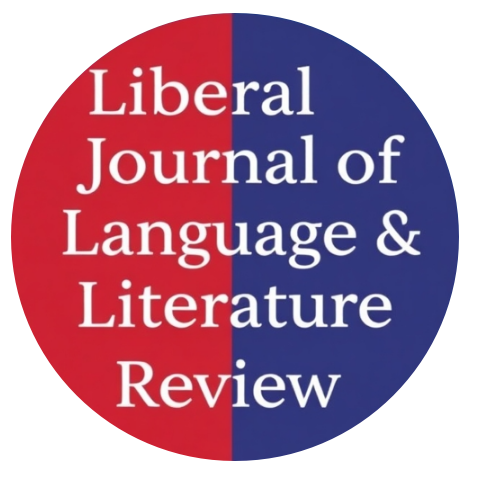EXPLORING TRAUMA IN THE FILM LOVING VINCENT (2017): A MULTIMODAL SEMIOTIC ANALYSIS
Abstract
The current paper investigates how trauma is presented in the movie Loving Vincent (2017) on a multimodal level of semiotic. It was the first animation movie in the world itself to be painted entirely in oil paints and it was made by over a hundred artists who made more than 65,000 hand-painted frames. This study explores how the inner world and traumatic experiences of Van Gogh can be achieved in both the visual and emotional form of cinema art. Relying on Semiology by Saussure, Triadic Semiotics by Peirce, Multimodal Grammar by Kress and van Leeuwen, and the Trauma Theory of Freud, Caruth, the paper explores the role of visual representations, narrative and symbolism in meaning-making. The analysis of filmic codes, color binaries, brushstroke movement, and the interaction between characters is done using a qualitative semiotic and multimodal approach. The conclusions made by the findings indicate that Loving Vincent brings back the painful life of Van Gogh by rendering his trauma into aesthetic expression so as to make viewers experience his pain as emotional resonance.
Keywords: trauma, multimodality, semiotics, signifier, signified, icons, indexes, symbols, filmic codes, visual grammar, Loving Vincent.



